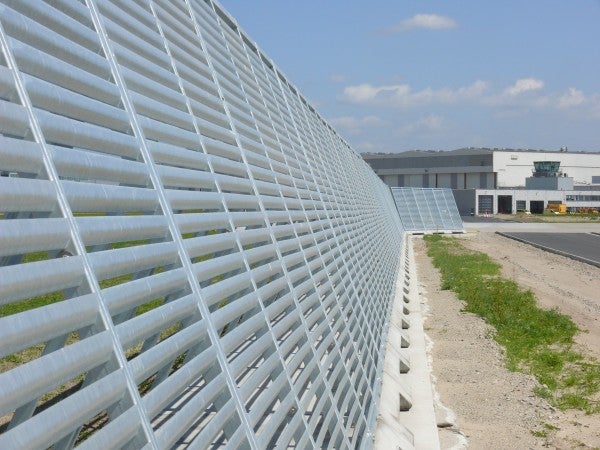
Understanding customer demands and the intended purpose of jet-blast deflectors at airports is the vital first step in order to decide on an appropriate deflector product.
As an experienced designer and constructor of jet-blast deflectors, we fully comprehend the aerodynamic theories in this field, combined with our real-world experience from countless successful jet-blast deflector projects.
One of the key aspects is: what kind of aircraft operate at the airport and what engines are these equipped with? Aircraft have different engines with different thrusts.
For example, the Boeing B747 has four engines, but is producing less thrust per engine compared to the new Airbus A350, which is equipped with only two stronger engines. Depending on the specification of the manufacturer of an aircraft, regarding the engines used, we can calculate the different velocities and forces to be handled by our jet-blast deflector.
Break-away thrust, taxi thrust and even take-off thrust for each type of aircraft need to be part of the analysis. Once these questions are answered we can decide, together with our customer, which deflectors fit the demand of the airport.
This could be a permanent installed jet-blast deflector, with its foundation as part of the apron, or possibly a mobile solution with an easy to move foundation, which is therefore quick to set-up anywhere at the airport. Should the jet-blast be deflected by only 45, 60 or even up to 90 degrees?
All these factors have an influence on the materials used, the colour-coating, and the appropriate replacement cycles. Blast-Ex is fully aware of all these factors, rules and regulations. We know the solutions and source the necessary materials accordingly.
Additionally, our products are constantly being improved. For example our jet-blast deflectors are tested using mobile wind-turbines.

